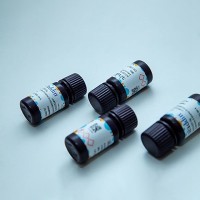In Vivo Microwave-Assisted Labeling of Allium and Drosophila Nuclei
互联网
互联网
相关产品推荐

InVivoMAb 抗小鼠 CD274/PD-L1/B7-H1 Antibody (10F.9G2),InVivo体内功能抗体(In Vivo)
¥2700

赛默飞世尔Thermo Fisher MICROWAVE OVEN COMMERCIAL 货号:T_70109-540-127
¥1200

PE Antibody Labeling Kits(PE抗体标记试剂盒),阿拉丁
¥1699.90

Rbfox3/Rbfox3蛋白/Fox-1 homolog C (Hexaribonucleotide-binding protein 3) (Fox-3) (Neuronal nuclei antigen) (NeuN antigen) (D11Bwg0517e) (Hrnbp3)蛋白/Recombinant Mouse RNA binding protein fox-1 homolog 3 (Rbfox3)重组蛋白
¥69

Sperm in vivo staining solution (eosin-aniline black method)(S0054)-10ml
¥260

